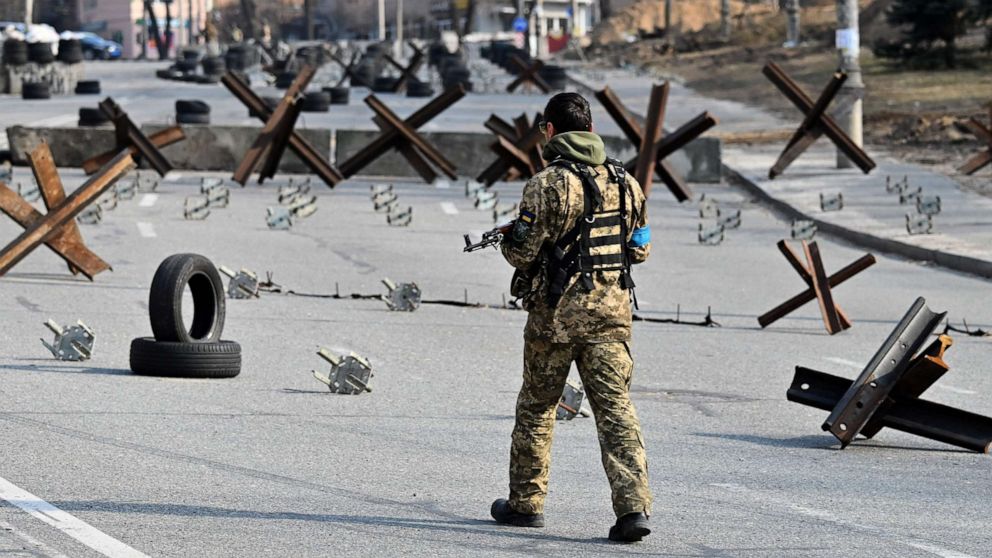
Key lessons from the Ukraine conflict about conventional warfare
ABC News
Among the factors shaping the "David and Goliath" conflict has been Ukraine's "smart tactical use" of its anti-tank and anti-craft weapons.
More than a month into Russia's invasion, the Ukrainian military has fared better than many expected given its smaller size, budget and number of munitions compared to its adversary.
This week, Ukrainian forces reclaimed a town in the northeastern part of the country, while Russian ground forces have stalled around the capital, with some troops moving away from Kyiv and nearby Chernihiv, U.S. officials said. Intelligence experts had initially anticipated that Russia would take Kyiv within days of its attack on Ukraine.
"They failed to take Kyiv, which we believe was a key objective," Pentagon spokesman John Kirby told reporters this week. "Not only do they not manage to take Kyiv, they've not managed to take any population centers and the Ukrainians have been fighting back very hard."
Among the factors shaping the "David and Goliath" conflict up to this point has been Ukraine's "smart tactical use" of its anti-tank and anti-aircraft weapons, alongside poor planning on the part of Russia, according to retired Gen. Robert Abrams, an ABC News contributor and the former commander of U.S. forces in Korea.
